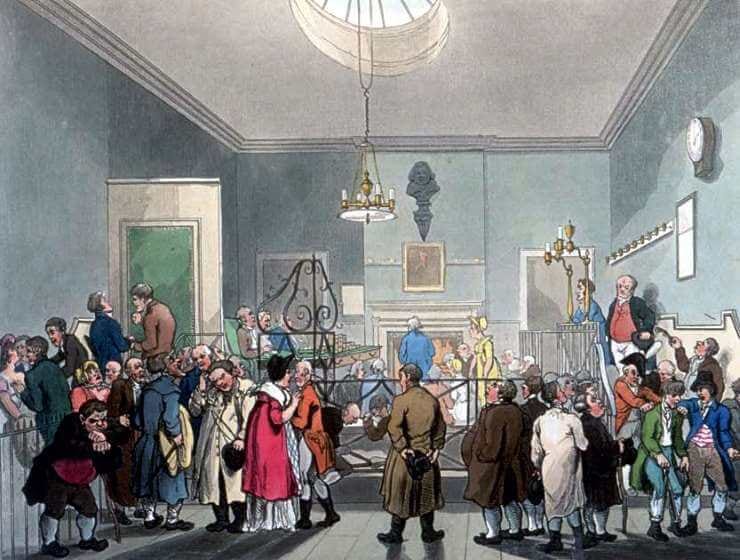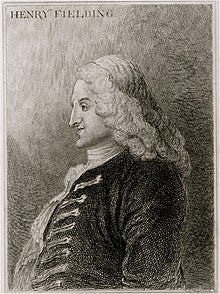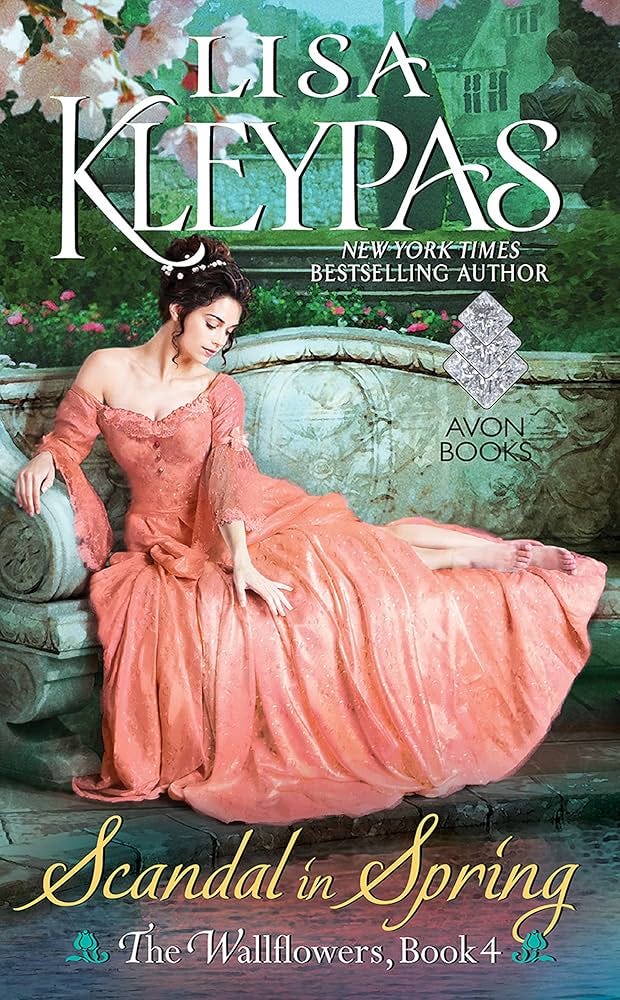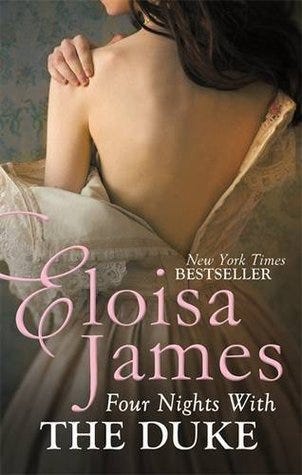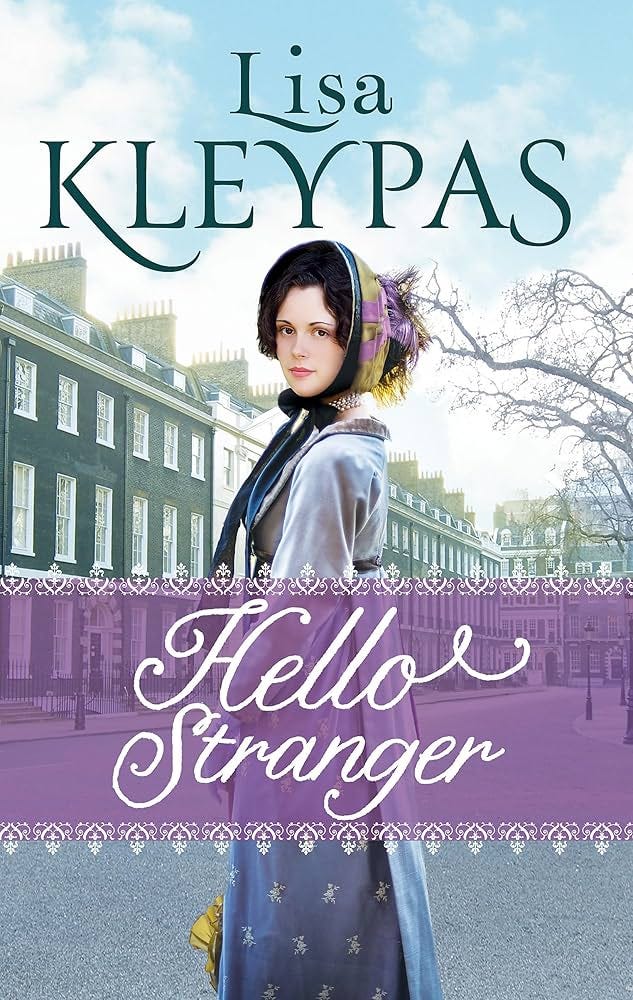🎶 Show me the meaning of Bo-ow Stre-eet 🎶
The Bow Street Runners are perhaps a niche trope, but devoted historical romance readers will be well familiar. They frequently pop up in novels set in 18th and 19th century England. Their brief appearances add mystery and intrigue, often exposing hidden subterfuge. However minor their role may be, their presence often signals a significant plot twist.
So, who were the Bow Street Runners? As England’s first police force, they primarily functioned as detectives and investigators. They began their work in London, but their influence eventually spread beyond city limits, bringing higher levels of training to more provincial areas. Despite the force’s relatively short existence, the Bow Street Runners are well-represented in romance. While they typically serve as convenient informants, some authors have begun casting them as romantic heroes, expanding their exploits far beyond what their historical counterparts could have imagined.
Lawless & Flawless
Established in 1749, the Bow Street Runners were England’s first official police force. While neighboring countries like France already had organized policing systems, England relied heavily on citizen intervention. Many viewed a centralized police force as government overreach. (Oddly enough, Parliament had already authorized a police force in Ireland.) Instead, it was considered the duty of any Englishman to pursue and apprehend criminals in his community. To encourage this, parishes often offered reward money. So in essence, England maintained order through bounty hunting and citizen’s arrests. It worked flawlessly.
Recognizing the rampant corruption and false accusations that stemmed from this system, Bow Street Magistrate Henry Fielding believed a professional force paid by the government was the answer. This, he hoped, would reduce false and staged arrests made for profit.
Fielding trained and outfitted six men, formally creating the Bow Street Runners. The Runners functioned as ‘thief-takers’ as they would apprehend the criminals and bring them to the constableFielding encouraged citizens to report crimes for investigation by offering small rewards. Sometimes the best way to change a system is by creating the exact same system.
Upon Henry’s death in 1764, responsibility for the Runners shifted to his brother John, also a magistrate. He secured government grants that increased government involvement in the program. This also allowed standardization of best methods and practices. Thanks to this advanced training, the Runners achieved an impressive solve rate. Over time, their duties expanded to patrolling London and surrounding highways. The force eventually grew to sixty-eight men, however, in 1839, the Bow Street Runners were absorbed into the newly established Metropolitan Police ending their 90 years running.
Henry Shmenry
Henry Fielding may not have foreseen his civic efforts inspiring romance novels centuries later – but he wasn’t as far removed from the genre as one might think. In addition to serving as Bow Street Magistrate, Fielding was a celebrated author. His most notable work, The History of Tom Jones, a Foundling, remains a literary classic. However, it's his later works that matter for our story.
Fielding found inspiration from a respectably petty fount. His literary rival, Samuel Richardson, published Pamela in 1740 to widespread acclaim. Pamela is considered one of the first English novels – and arguably one of the first romance novels. (This author might debate the "romance" label.) The novel follows Pamela, a young servant pursued by her licentious employer, Mr. B. She resists his harassment and, as a reward for her virtue, he proposes marriage. A romance for the ages.
Fielding, furious at Richardson’s success, anonymously published Shamela or An Apology for the Life of Mrs. Shamela Andrews. In this cleverly named version, Shamela is the daughter of a London prostitute who schemes to ensnare her employer, Mr. B. Fielding depicts Shamela as lewd and conniving and Mr. B. as verbally and physically abusive, resulting in a truly odious marriage. It is later revealed that “Mr. B.” stands for Mr. Booby. I kid you not. Only a true visionary could create Shamela, Mr. Booby, and the Bow Street Runners all in one lifetime. Who’s to say which was his greatest achievement?
Running in Romancelandia
How are the Bow Street Runners represented in romance? Often, quite accurately. They appear more often than you might realize, usually serving as plot devices or informants. At pivotal moments, they provide crucial revelations—like discovering your supposedly dead husband is alive, captaining a pirate ship under a nom de guerre, or that your wealthy fiancée is actually a former servant who made off with her employer’s jewels. Good things to know before a wedding. Just ask Daisy from Scandal in Spring.
Other times, the Bow Street Runners are used to highlight the power disparity between classes. A false accusation by a peer could easily set the Runners on your trail. (Like that time they arrested your very much alive husband—the reformed pirate captain who, for the record, is now totally innocent.) Eloisa James explores this unfortunate dynamic in Four Nights with the Duke.
Lisa Kleypas, an extremely successful Regency romance writer, centered the force in her 1990s Bow Street Runners Series. Her heroes are an impressive combination of Sherlockian deduction and John Wickian skill. She revisited the force in Hello Stranger, where a dashing Runner seeks to protect London’s first female doctor.
So, the next time a Bow Street Runner pops up in your novel, remember: they’re not just solving crimes—they’re unraveling secrets, defying social hierarchies, and setting the stage for some truly swoon-worthy drama.






